Description
Pyridine: A Versatile Chemical Building Block Shaping Industries
Pyridine, a colorless liquid with a distinctive, unpleasant odor, is more than just a peculiar smelling compound. It’s a fundamental building block in a vast array of chemical processes and products, playing a surprisingly significant role in various industries, from pharmaceuticals and agriculture to materials science and beyond.
The Structure and Properties of Pyridine:
Pyridine’s structure is similar to benzene, with one key difference: a carbon atom in the benzene ring is replaced by a nitrogen atom. This seemingly small change results in profound differences in its chemical properties. The nitrogen atom’s lone pair of electrons makes pyridine a weak base, readily accepting protons and forming pyridinium salts. This basicity is crucial to its function in many chemical reactions.
Its aromaticity, inherited from benzene, also grants pyridine stability and allows it to participate in reactions characteristic of aromatic compounds, although with some variations due to the nitrogen atom’s presence.
Pyridine’s Diverse Applications:
The unique properties of pyridine have paved the way for its widespread use in various applications:
- Pharmaceuticals: Pyridine is a vital precursor and building block in the synthesis of numerous drugs. Vitamins like niacin (vitamin B3) and pyridoxine (vitamin B6) contain the pyridine ring. Beyond vitamins, pyridine derivatives are found in drugs used to treat a wide range of conditions, including:
- Antibiotics: Certain antibiotics utilize pyridine-based structures to inhibit bacterial growth.
- Antihistamines: Pyridine derivatives can help alleviate allergy symptoms by blocking histamine receptors.
- Antifungals: Some antifungal medications rely on pyridine rings to target fungal enzymes.
- Anti-inflammatory drugs: Pyridine analogs can help reduce inflammation and pain.
- Agrochemicals: Pyridine also plays a crucial role in agricultural chemistry, finding use in:
- Herbicides: Pyridine-containing herbicides like paraquat are effective tools for weed control.
- Insecticides: Some insecticides utilize pyridine derivatives to disrupt the nervous systems of insects.
- Fungicides: Pyridine-based fungicides help protect crops from fungal diseases, contributing to increased yields.
- Chemical Synthesis: Pyridine’s basicity and its ability to act as a solvent and a ligand make it a valuable reagent in organic synthesis. It’s used as a catalyst and a solvent in various reactions, facilitating the formation of complex molecules. Its ability to coordinate to metal ions also makes it useful in coordination chemistry.
- Solvents and Reagents: Pyridine finds application as a solvent in various chemical reactions and extraction processes. Its moderate polarity allows it to dissolve a wide range of organic compounds. It is also used as a reagent in various organic reactions, such as acylation and esterification.
- Other Industrial Applications: Pyridine and its derivatives are used in the production of:
- Dyes and Pigments: Certain dyes and pigments incorporate pyridine rings to achieve specific colors and properties.
- Rubbers: Pyridine derivatives can be used as additives in the production of rubber to improve its properties.
- Explosives: Certain explosive compounds contain pyridine rings as part of their structure.
Safety Considerations:
While pyridine is a versatile and valuable chemical, it’s important to handle it with care. It is flammable and can be irritating to the skin, eyes, and respiratory system. Proper ventilation and personal protective equipment are essential when working with pyridine.
The Future of Pyridine Chemistry:
As research continues, we can expect to see even more innovative applications of pyridine and its derivatives. The development of new synthetic methods and a deeper understanding of pyridine’s reactivity are driving the discovery of novel pyridine-based materials and compounds with improved properties and functionalities. This ongoing exploration promises to further expand pyridine’s role in various industries, contributing to advancements in medicine, agriculture, and materials science.
In conclusion, pyridine, despite its unassuming appearance and unpleasant odor, stands as a testament to the power of chemical structure and the transformative potential of organic chemistry. Its diverse applications and ongoing research underscore its continuing importance in shaping our world.


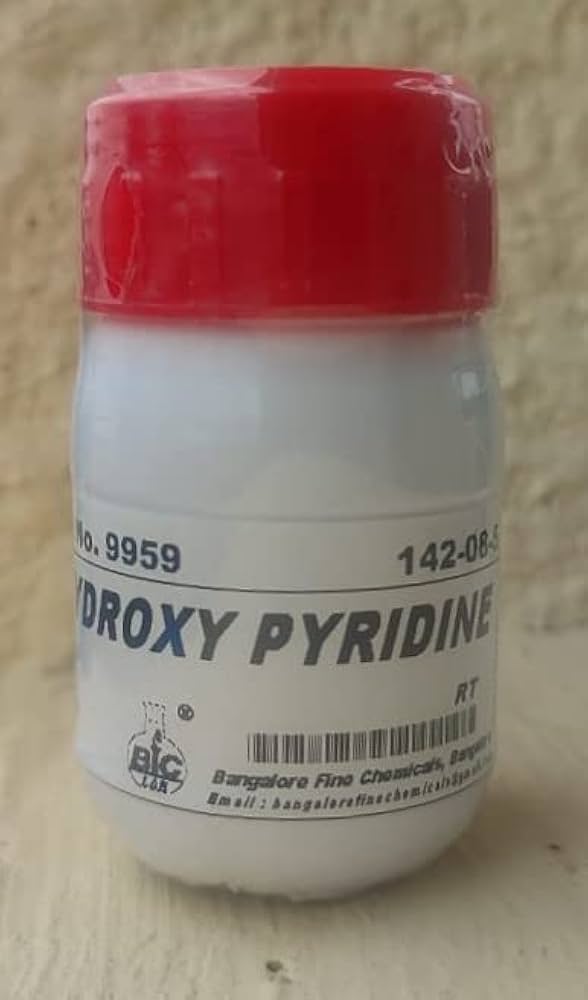

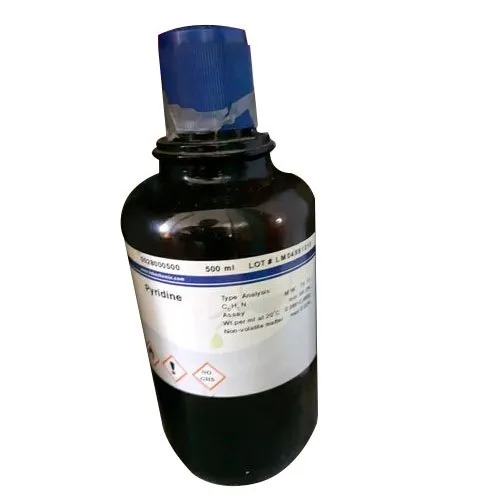
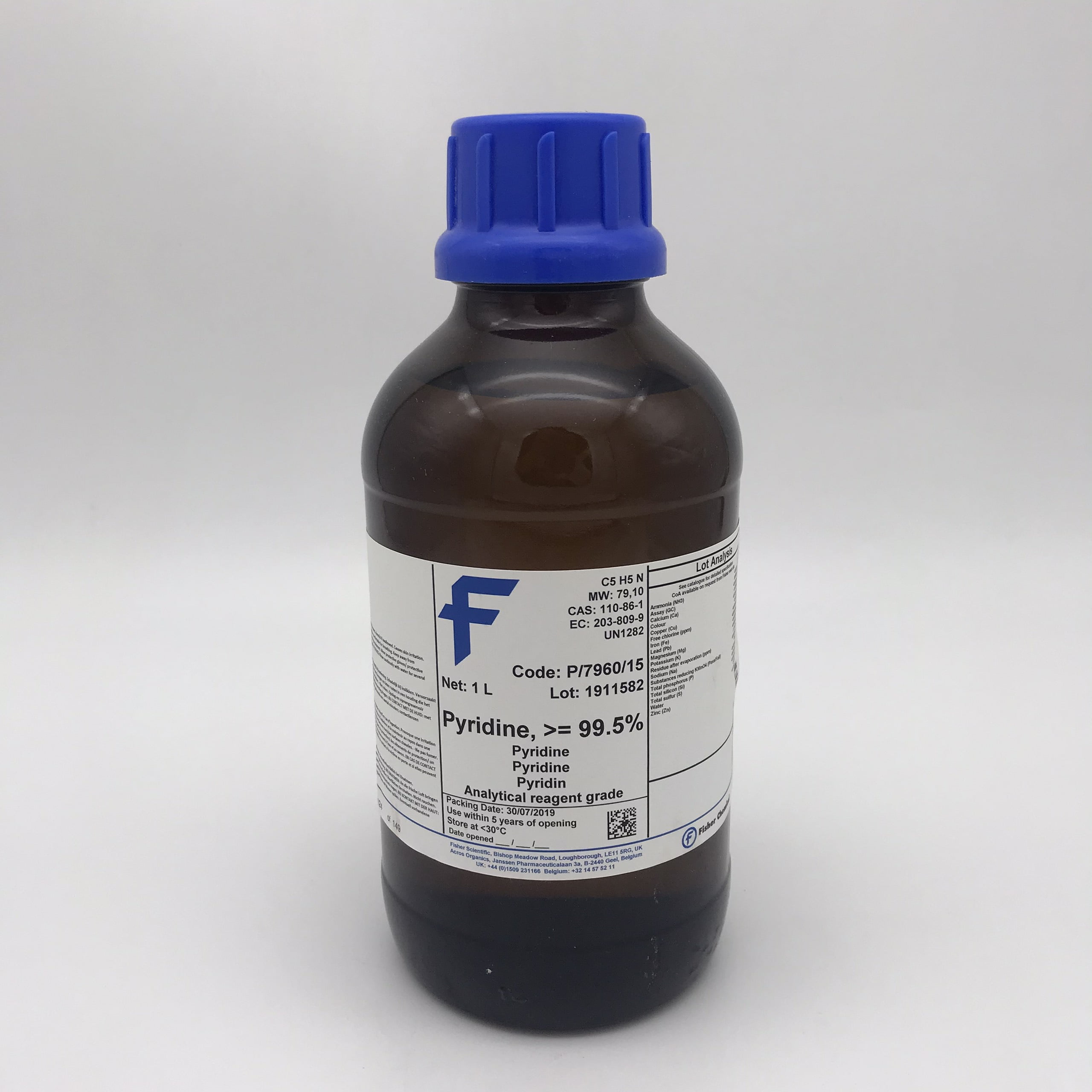
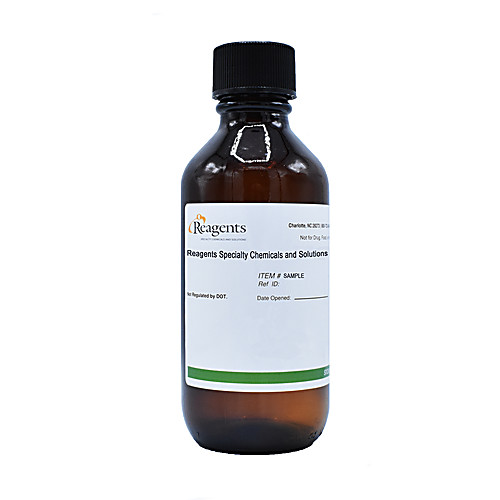
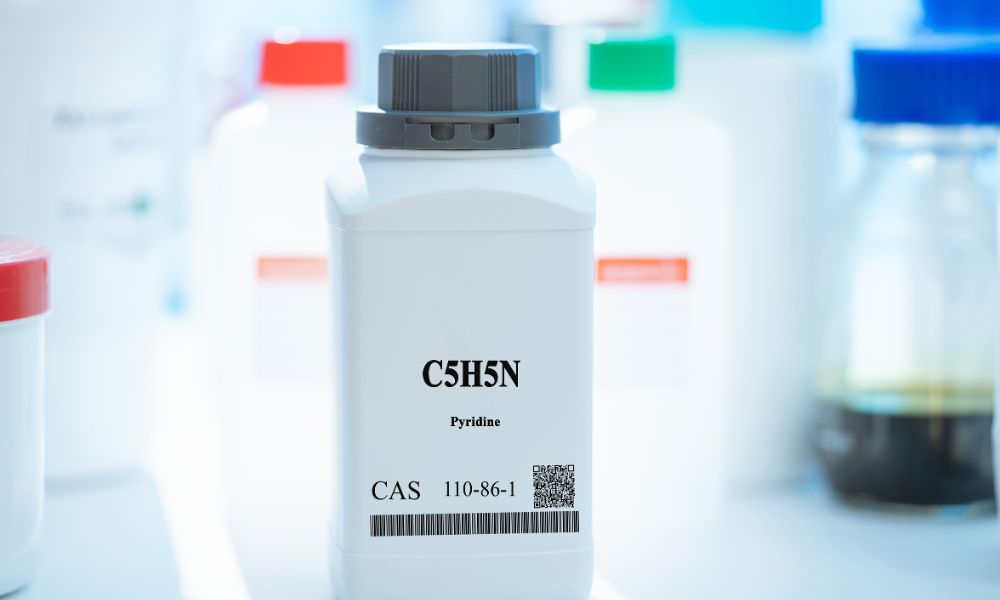
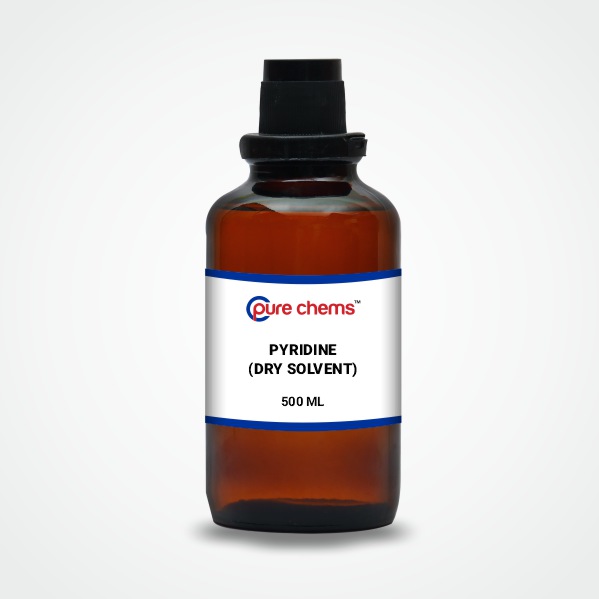
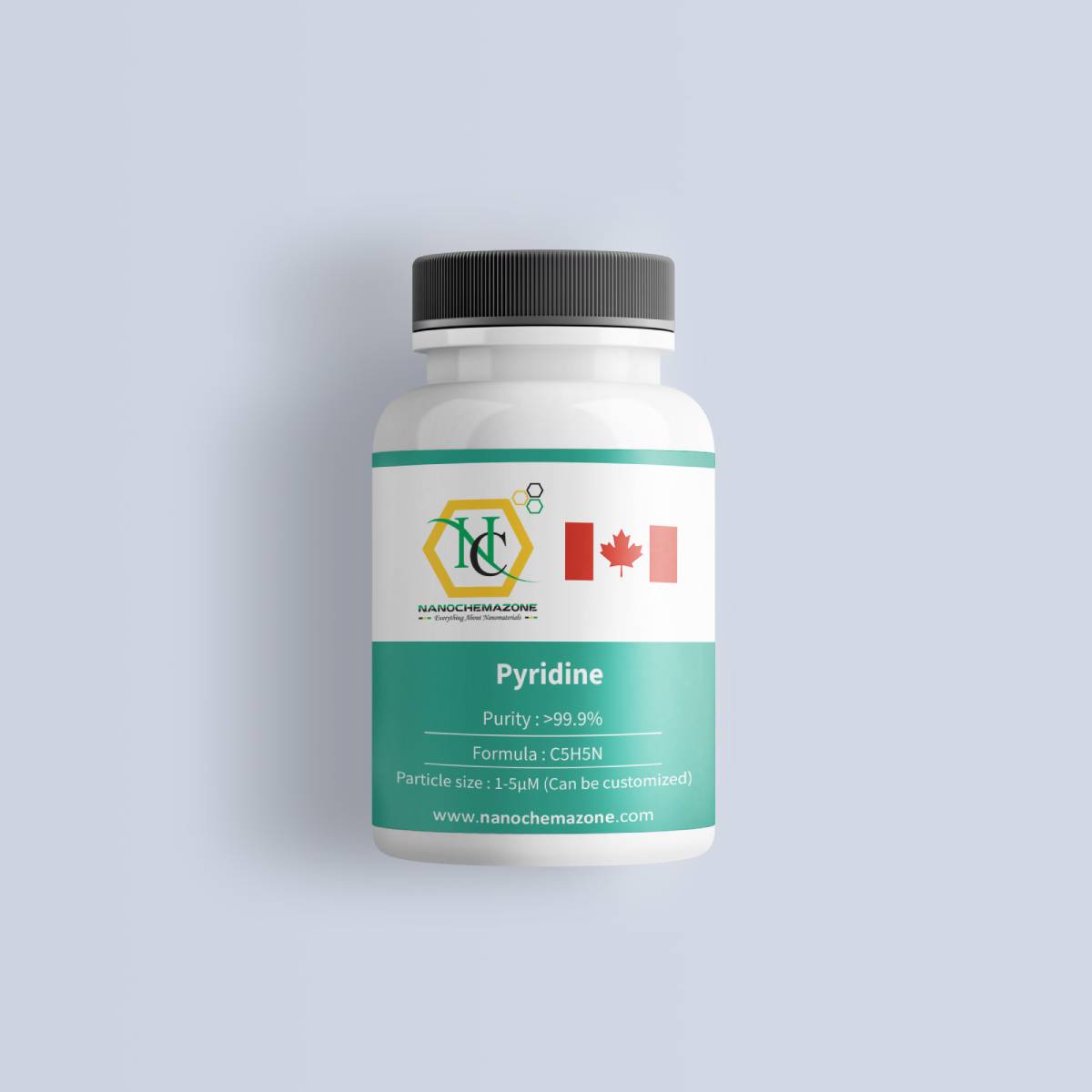
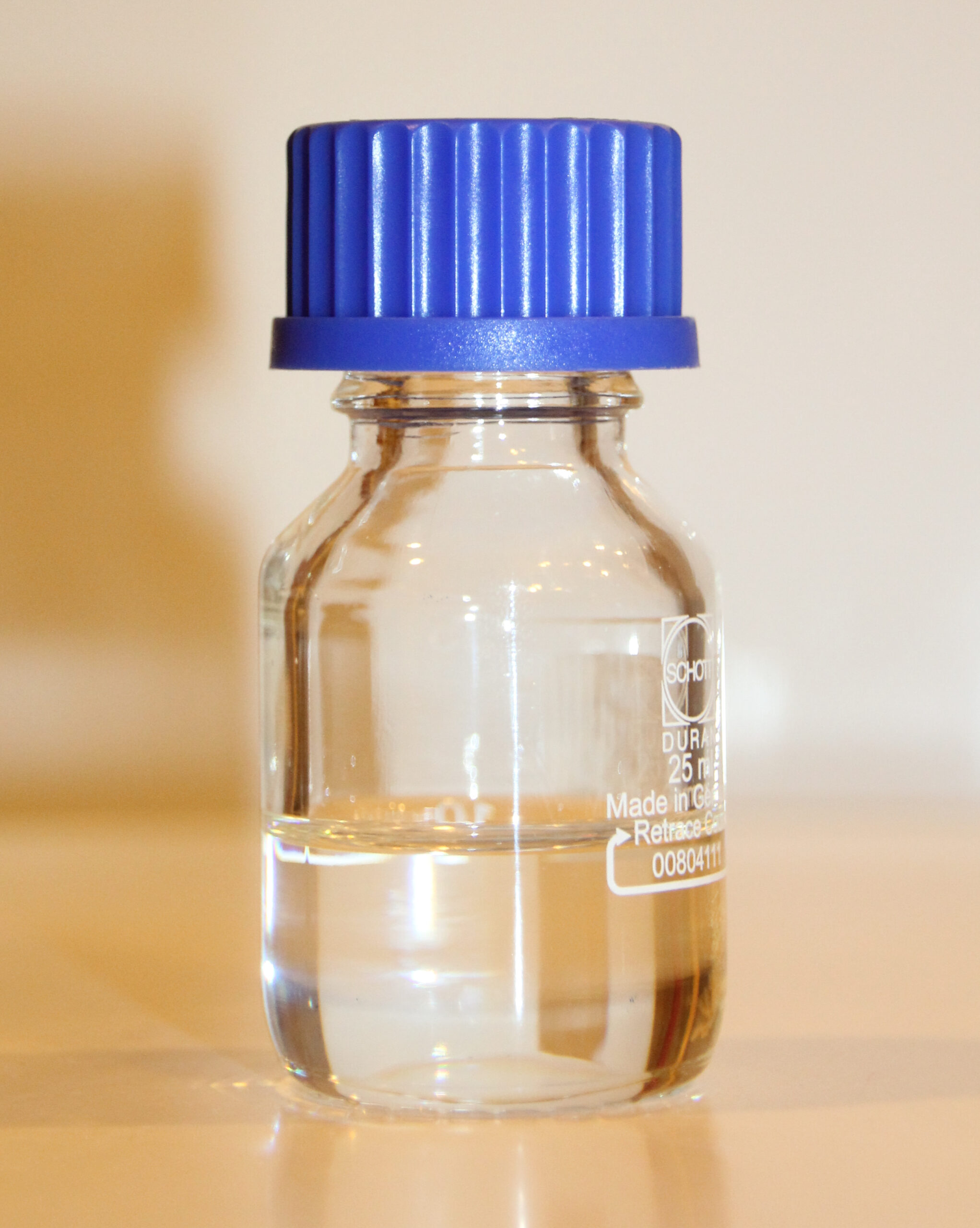


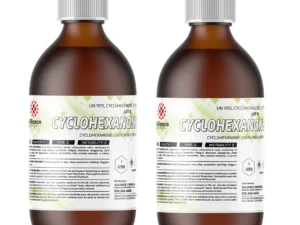

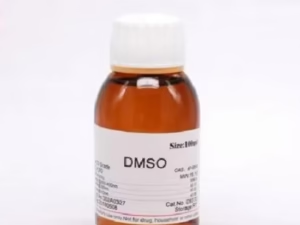
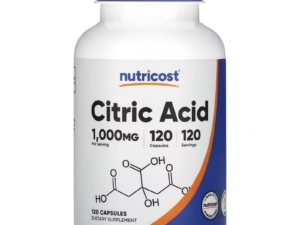
Reviews
There are no reviews yet.